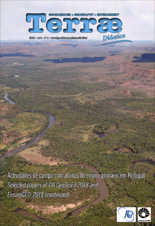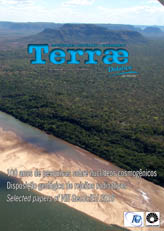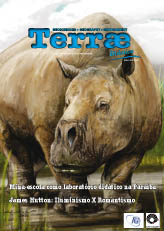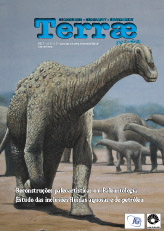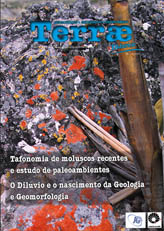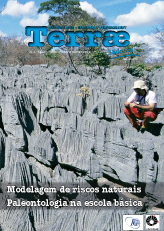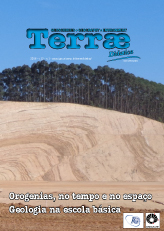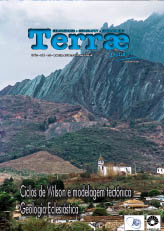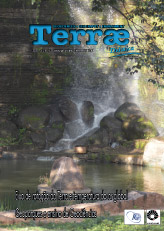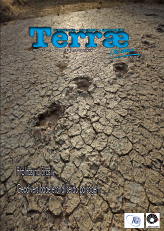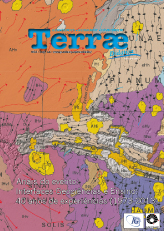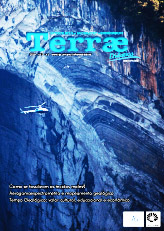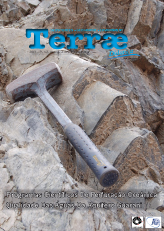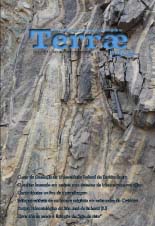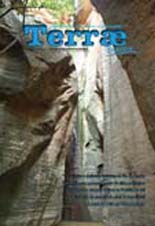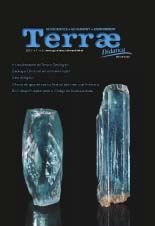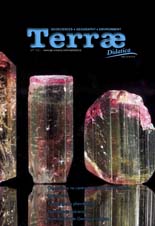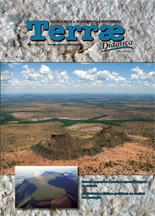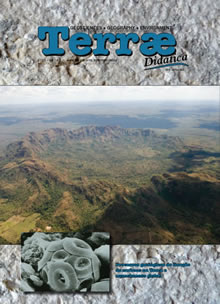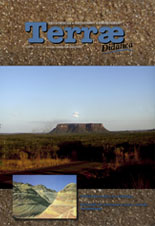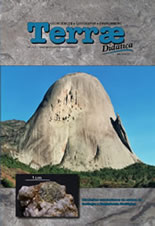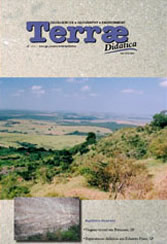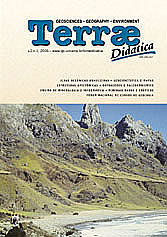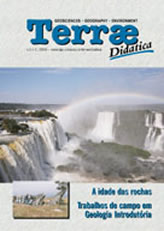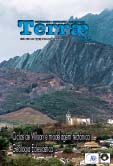Campinas-Brasil
ISSN 1980-4407

 ___________________
___________________ __
__
Volume 14, n2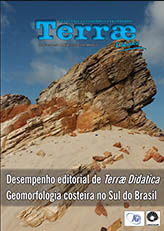
Volume 14, n1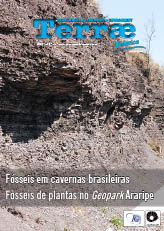
Volume 12, n3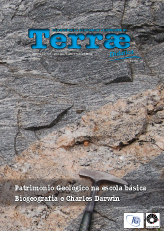
Volume 10, n2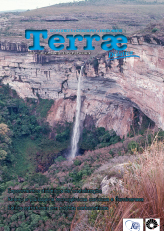
Volume 8, n2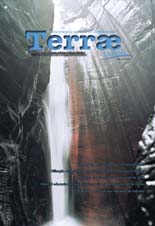
Geologia Eclesiástica no triângulo histórico paulistano: a diversidade geológica
na divulgação das Geociências
Diego Ferreira Ramos Machado
Instituto de Geociências, Universidade de São Paulo. Mestre pelo Programa de Mineralogia e Petrologia, diferama@hotmail.com
Eliane Aparecida Del Lama
Instituto de Geociências, Universidade de São Paulo
Abstract: Ecclesiastical Geology has developed around the world, helping to preserve the history and cultural heritage and promote the Geosciences. It is a part of Urban Geotourism and has gained ground in tourist activities. São Paulo, among the world's largest megacities, has not lagged behind: its rich history has much to contribute to this segment. This paper discusses the Historical Triangle of the city of São Paulo, which in its vertices has three churches (Basílica Nossa Senhora da Assunção, belonging to the Monastery of São Bento, the church of São Francisco and the church of Terceira Ordem do Carmo), besides the Metropolitan Cathedral and the church of the Pateo do Collegio – site where the city was born 461 years ago. The description of ornamental stones in churches contributes to the targeting of scientific perspectives for this segment, as this is a subject that is growing worldwide.
Keywords: Mineralogy, Cultural heritage, Ecclesiastical geology, Geotourism, Cathedral of São Paulo.
Resumo: A Geologia Eclesiástica tem se desenvolvido por todo o mundo ajudando a preservar o Patrimônio Histórico e Cultural e a divulgar as geociências. Compõe o Geoturismo Urbano e tem ganhado espaço junto à atividade turística. São Paulo, entre as maiores megalópoles mundiais, não tem ficado para trás: rica em história tem muito a contribuir com esse segmento. O presente trabalho aborda o Triângulo Histórico da capital paulista, que em seus vértices conta com três igrejas (A Basílica Nossa Senhora da Assunção, pertencente ao Mosteiro de São Bento, a igreja de São Francisco e a igreja da Ordem Terceira do Carmo), além da Catedral Metropolitana e da igreja do Pateo do Collegio – sítio onde nascera a cidade há 461 anos. A descrição das rochas ornamentais presentes nas igrejas contribui com o direcionamento dos olhares científicos para este segmento que tem se feito crescer em todo o mundo.
Palavras-chave: Mineralogia, Patrimônio Cultural, Geologia Eclesiástica, Geoturismo, Sé de São Paulo
Copyright © 2005-2007 - Instituto de Geociências - Universidade Estadual de Campinas - UNICAMP - Brasil - Todos os direitos reservados -
Desenvolvimento: ![]()
